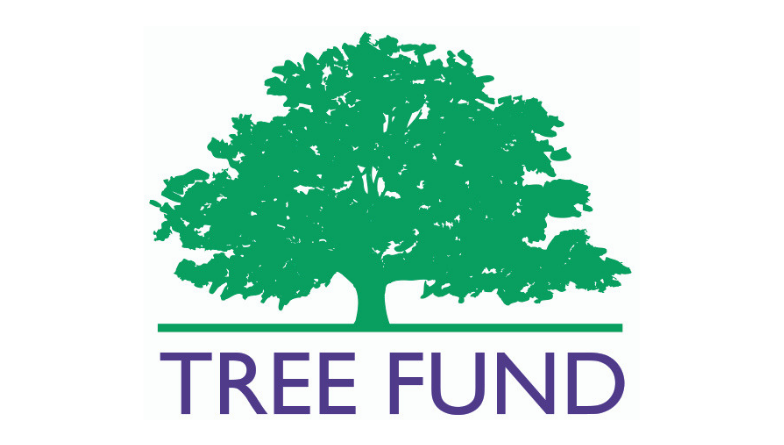Dendrometry of Multi-Stemmed Urban Trees
Principal Investigator: Yasha A. S. Magarik, Yale School of Forestry & Environmental Studies
Co-Investigators: Lara A. Roman, Research Ecologist for the US Forest Service Philadelphia Urban Field Station, and Jason G. Henning, The Davey Institute and USDA Forest Service
Summary
Feasible, correct, and useful measurements of urban trees are essential for both research and management, including accurate quantification of urban tree benefits and long-term monitoring. However, the standard forestry measurement of trees—diameter at breast height (DBH), taken at 4.5 ft. (1.37 m)—was developed for very different applications (e.g., timber valuation) and may be unsuited to the specific needs of municipal arborists and researchers, particularly with regard to multi-stemmed trees. Field data on urban trees in Philadelphia will be gathered and alternative algorithms for urban foresters and researchers to use in quantifying multi-stemmed tree size will be developed.
Problem Statement
The proper valuation of the social, economic, and ecological benefits of urban forests depends on accurate quantification of each tree’s biometrics. However, until recently, urban forest researchers relied on allometric equations developed for trees in rural forests, despite markedly different growing conditions for urban trees, which include lower density, more regular pruning, more regular (and open) spacing, additional nutrients and water, and an array of stressful conditions (McHale et al. 2009). To account for these discrepancies, researchers have derived allometric equations specific to urban trees using non-destructive sampling (Peper et al. 2001, Troxel et al. 2013, Monteiro et al. 2016, McPherson et al. 2016, Peper et al. 2014). Within this larger effort, there is emerging uncertainty about how best to measure DBH for multi-stemmed trees—which can sport 20 or more trunks of varying sizes. When researchers in four cities quantified citizen science (volunteer) error in measuring urban trees, DBH protocols for multi-stemmed trees emerged as a particularly significant source of error; the researchers call for “further research…to evaluate implications of various multi-stemmed DBH methods for urban trees for objectives such as radial growth, allometry and biomass estimation, as has been done for mangrove forests” (Roman et al. 2017). Many cities will increase their proportions of short-statured, multi-stemmed trees as they replace taller trees under utility lines. Urban foresters seeking to accurately value this changing urban forest composition need to balance greater predictive power with scarce time and money available for data collection. But we cannot properly manage that which we cannot accurately measure.
Research Questions
- For each of the specimens sampled, how well does each DBH collection technique estimate various other biometrics collected from that specimen—e.g., diameter at root collar (DRC), canopy width, height to base of live crown, specimen height?
- Given the different costs (e.g., time spent) and margins of error associated with each method of measuring and using DBH, as well as the answer to (I), is there a single best DBH collection method or multiple “best” ones each suited to varying social, ecological, and economic constraints?
Conclusion
The analysis concluded that measuring below the fork or at 30 cm (akin to caliper height in the nursery trade) are best. 30 cm is recommended since is more readily repeatable across space and time and is a straight-forward way to train field crews.
References
- McHale, M.R.; Burke, I.C.; Lefsky, M.; Peper, P.; McPherson, E.G. 2009. Urban forest biomass estimates: Is it important to use allometric relationships developed specifically for urban trees? Urban Ecosystems. 12 (1): 9.
- McPherson, E.G.; van Doorn, N.S.; Peper, P.J. 2016. Urban tree database and allometric equations. USDA Forest Service PSW-GTR-253.
- Monteiro, M.V.; Doick K.J.; Handley P. 2016. Allometric relationships for urban trees in Great Britain. Urban Forestry & Urban Greening 19, 223-236.
- Peper, P.J.; Alzate, C.P.; McNeil, J.W.; Hashemi, J. 2014. Allometric equations for urban ash trees (Fraxinus spp.) in Oakville, Southern Ontario, Canada. Urban Forestry & Urban Greening. 13 (1), 175-183.
- Peper, P.J.; McPherson, E.G.; Mori, S.M. 2001. Equations for predicting diameter, height, crown width, and leaf area of San Joaquin Valley street trees. Journal of Arboriculture. 27 (6), 306-317.
- Roman, L.A.; Scharenbroch, B.C.; Östberg, J.P.A.; Mueller, L.S.; Henning, J.G.; Koeser, A.K.; Sanders, J.R.; Betz, D.R.; Jordan, R.C. 2017. Data quality in citizen science urban tree inventories. Urban Forestry & Urban Greening. 22 (1), 124-135.
- Troxel, B.; Piana, M.; Ashton, M.S.; Murphy-Dunning, C. 2013. Relationships between bole and crown size for young urban trees in the northeastern USA. Urban Forestry & Urban Greening. 12, 144-153.
Publication
- “How should we measure the DBH of multi-stemmed urban trees?” Yasha A.S. Magarika, Lara A. Roman, and Jason G. Henning, Urban Forestry & Urban Greening 47 (2020) 126481

